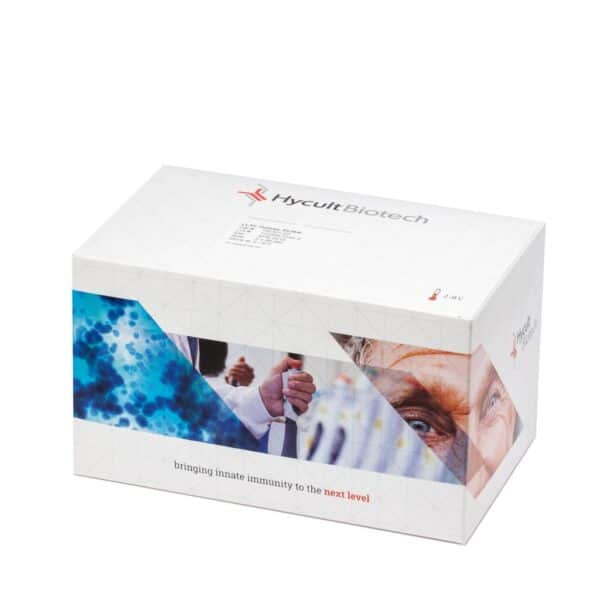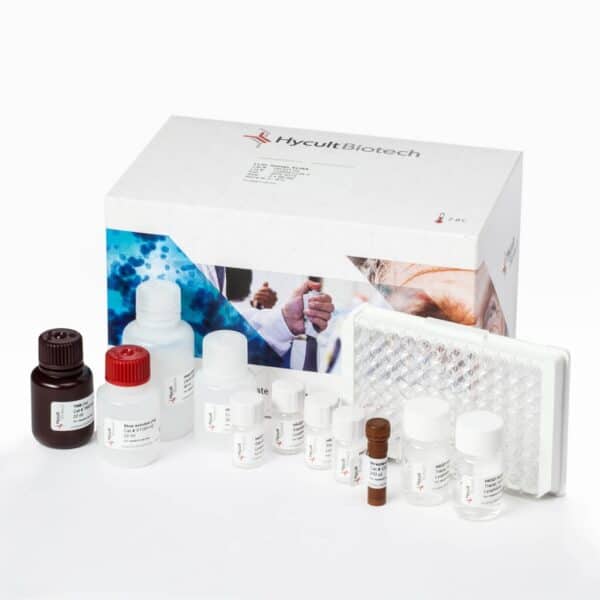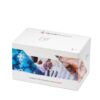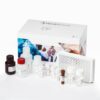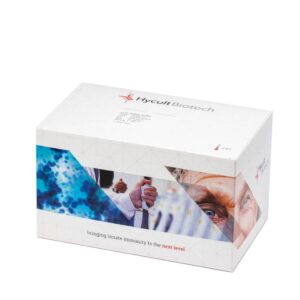NGAL, Human, ELISA kit
€756.00 – €1,223.00
Human neutrophil gelatinase-associated lipocalin (NGAL), also known as human neutrophil lipocalin (HNL, ~25 kDa) is present in specific granules. Neutrophils co-express NGAL and human neutrophil gelatinase B (MMP-9), which are both stored in the same specific granules. Upon activation, human neutrophils secrete the content of these specific granules. NGAL exists as monomer (25 kDa), homodimer, and as heterodimer complex with human neutrophil gelatinase B (MMP-9) (ca 125kDa). NGAL can be secreted as monomer as well as in complex MMP-9.
NGAL is a member of the lipocalin superfamily, a family of small extracellular proteins that are characterized by the ability to bind small hydrophobic molecules, such as retinol. Furthermore, they can bind to specific cell surface receptors. Lipocalins can be used as biochemical markers in relation to various diseases, such as inflammatory diseases, cancer, lipid disorders, liver and kidney function. NGAL has been identified as an iron-transporting protein during nephrogenesis, demonstrating a role for NGAL in the formation of kidney epithelia. Furthermore, NGAL is suggested to have microbicidal properties and to play a role in regulation of inflammation and cellular growth.
NGAL is generally expressed at very low concentrations in a wide range of human tissues, including kidney, trachea, lungs, stomach, and colon. In injured epithelia, NGAL expression is induced and consequently NGAL concentrations are elevated, for example, during acute bacterial infections, asthma and chronic obstructive pulmonary disease. Furthermore, NGAL is strongly expressed in bowel adenomas, adenocarcinomas of the breast and urothelial carcinomas.
Because of its small size, NGAL is readily secreted and detectable in urine, turning NGAL into an early marker for certain renal conditions. Measurement of NGAL is an experimental tool to distinguish between acute viral and bacterial infections. NGAL expression is most extensively studied as biomarker for renal diseases, but many other pathologies are associated with raised levels of urinary or humoral NGAL. However, measurement of NGAL levels in other disorders like, for example, infection must be treated with caution, since bystander neoplastic conditions or renal disorders themselves increase NGAL levels and may therefore distort the measurements and interpretation of the results.
The HK330 NGAL assay is capable of binding monomeric and dimeric NGAL as well as NGAL/MMP9 complex. In urine, by preference the heterodimeric complex is measured. The assay contains purified recombinant NGAL as a standard.
You may be interested in…
-
View product €1,223.00
